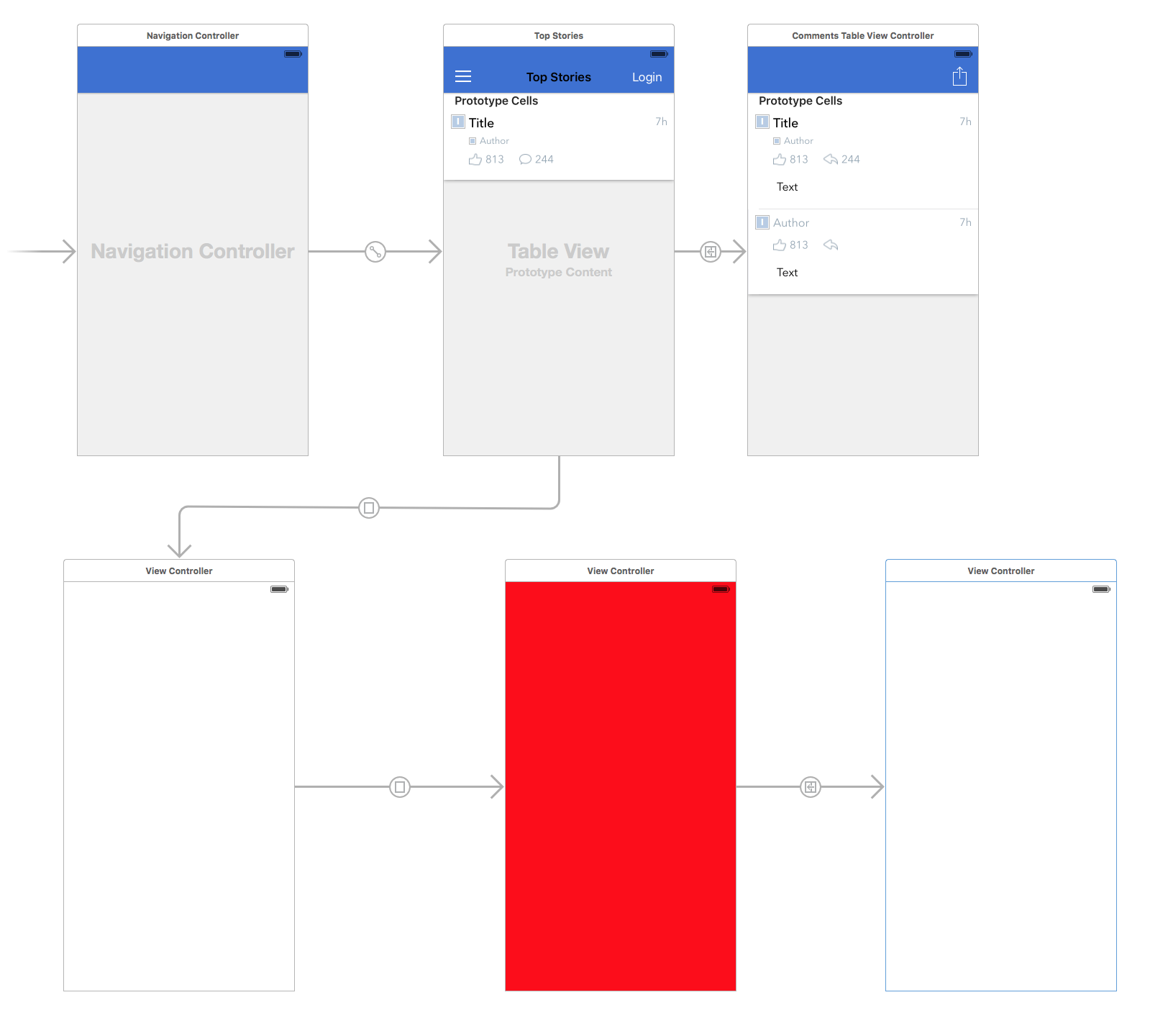I wonder if its possible to set a new root VC?
My app gets init with a uinavigation controller that has a table view to be the root VC.
Then from the table view I am running another segue to a login window (present modally) If you then login you end up in the red VC/account page. What I want to do now is to set the red VC to be the new root VC of the app, and remove all underlying VC's. So that I can show a menu button/icon instead of a "Back" button
I have found this but I dont understand how to use it:
let storyboard: UIStoryboard = UIStoryboard(name: "Main", bundle: NSBundle.mainBundle())
let yourViewController: ViewController = storyboard.instantiateViewControllerWithIdentifier("respectiveIdentifier") as! ViewController
let navigationController = self.window?.rootViewController as! UINavigationController
navigationController.setViewControllers([yourViewController], animated: true)
But I cannot get it to work. So is it possible to make the red vc in the picture act as the new root VC.

